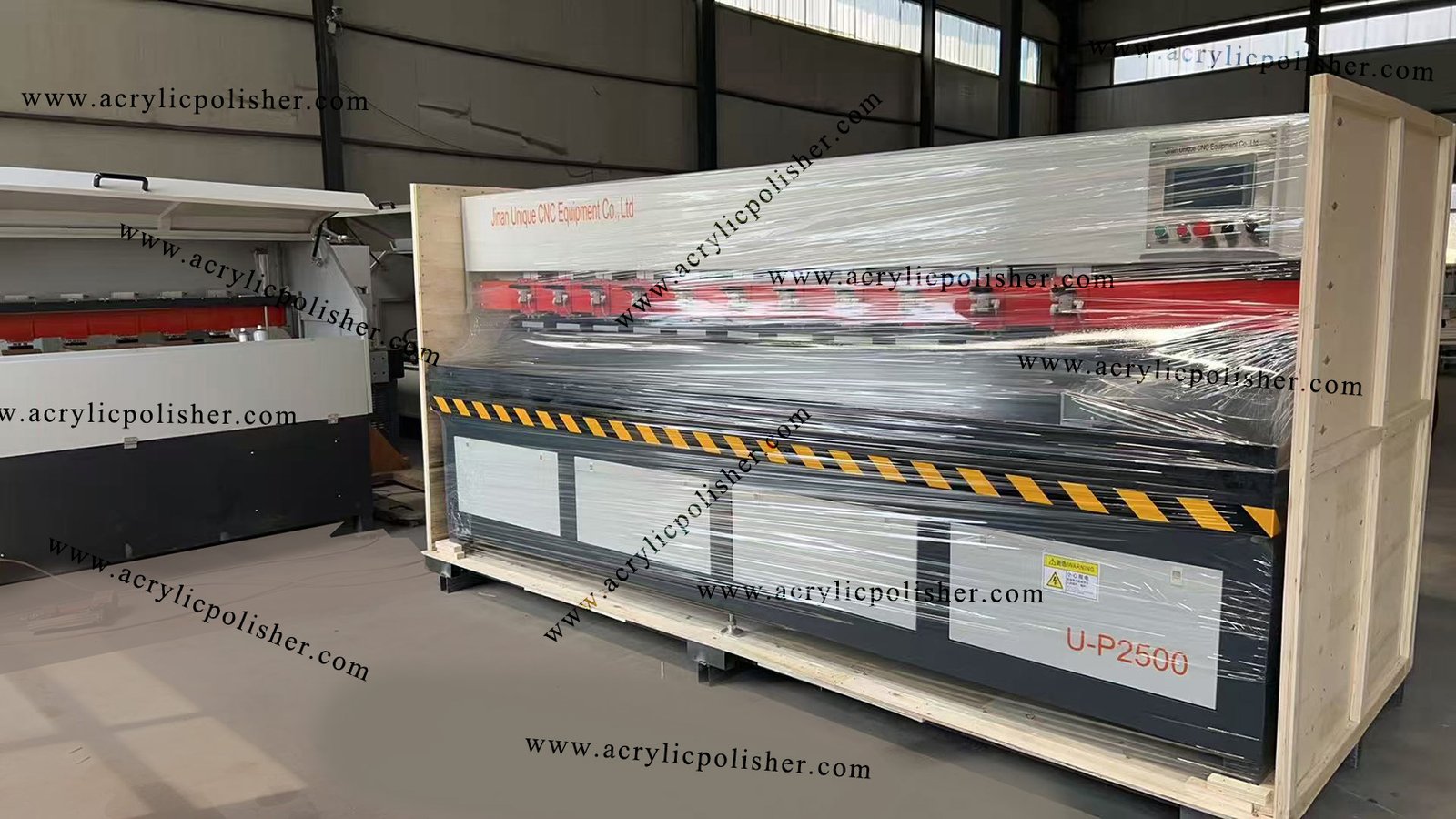Dynamic Balancing Solutions for Grinding Wheel Arbors on Acrylic Polishing & Tool Grinding Machines
Advanced finishing and high-speed machining technologies are progressing everywhere. As machining and finishing capabilities improve, the requirements for tool and wheel integrity at high spindle speeds become increasingly strict. When a tool or grinding wheel is mounted on a high-speed spindle, even tiny dynamic errors are hard to correct afterwards. Therefore, the concentricity (runout) of the tool assembly must be extremely small — ideally below 1 μm. Dynamic balancing of tools and tool holders is decisive to achieving and maintaining this precision.
Well-balanced grinding wheel arbors deliver better edge grinding results and significantly improve the surface quality of the workpiece — often reaching mirror-like finishes. Improved chip evacuation and reduced cutting heat are additional benefits, leading to more stable coating results (lower residual stress, fewer micro-cracks) and longer tool life with reduced edge chipping.
Why Dynamic Balancing Matters
As tools, toolholders and spindles evolve to support higher cutting speeds, spindle and toolholder stability becomes the foundation for high-efficiency machining. Unbalance remains a critical limiting factor: it negatively affects surface finish and dimensional accuracy, shortens spindle and bearing life, and raises operating costs. Dynamic balancing allows the machine to reach higher spindle speeds and feedrates safely while improving workpiece surface quality and overall throughput.
Benefits of Balancing Grinding Wheel Arbors
- Prevents μ-level cracks on tool faces and ensures consistent tool quality.
- Reduces vibration during grinding, improving final surface finish and dimensional stability.
- Decreases spindle bearing loads, extending spindle life and reducing maintenance costs.
- Raises productivity per arbor by enabling higher safe operating speeds and more stable grinding conditions.
Dynamic Balancing Best-Practice Solutions
Below are practical methods used to achieve and maintain high-precision dynamic balance for grinding wheels and tool arbors.
-
On-line balance adjustment using sliding balance weights
Install sliding balance blocks on the arbor and adjust them while the arbor is spinning on the balancing rig. This allows inline tuning of the balance to reach the required accuracy. Proper on-line balancing protects the spindle and extends wheel life by eliminating excessive vibration. -
Balance adjustment using threaded balance screws
Add threaded holes and balance screws at predefined arbor locations. By tightening or loosening these screws you can correct static and dynamic unbalance precisely. This method is robust for repeated setups and easy for field adjustments. -
Drill-and-remove mass correction with guided indicators
Use a drill/remove-remnant strategy guided by precise indicators that show exact hole angle and depth. Removing material at specific locations reduces unbalance while preserving arbor integrity.
For fast, high-precision balancing we recommend pairing the arbor with a dedicated on-line balancing instrument. For example, Taiwan-made dynamic balancers such as the PY-2700 or PY2700G provide quick, repeatable balancing results so your tool grinder can reach the target precision rapidly.
Protecting Your Grinder Spindle and Reducing Costs
Performing dynamic balancing on the grinding wheel, arbor, spacer rings and nuts as an assembly prevents many common quality problems (micro-chipping, unstable cutting, premature wear). Improving balance reduces machining costs by lowering scrap rates, decreasing downtime for repairs, and enabling higher throughput with reliable precision.
Regardless of tool size or weight, unbalance will always affect outcomes — from fine micro-machining to heavy roughing. Tool grinders, dressing machines and sharpening units cannot deliver optimal results without addressing dynamic balance. In short: if you want consistent high-quality grinding and the longest possible service life for spindles and wheels, dynamic balancing is not optional — it is essential.


